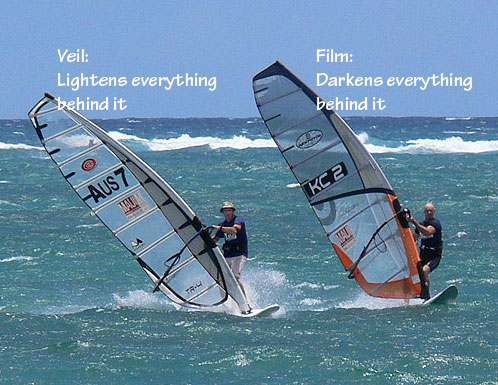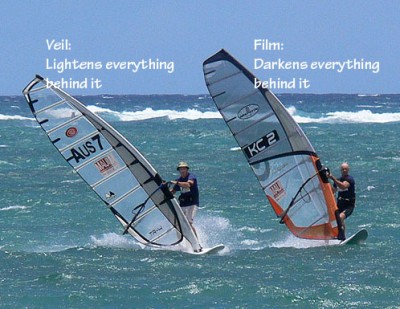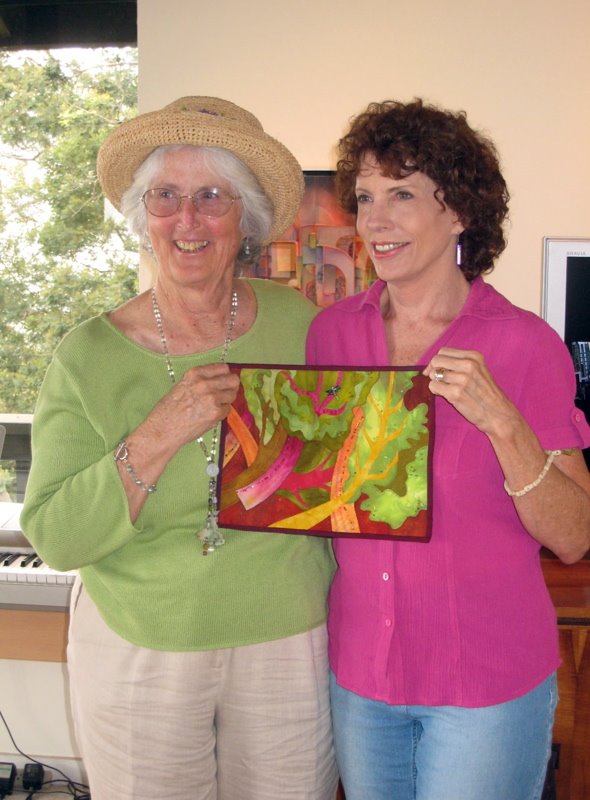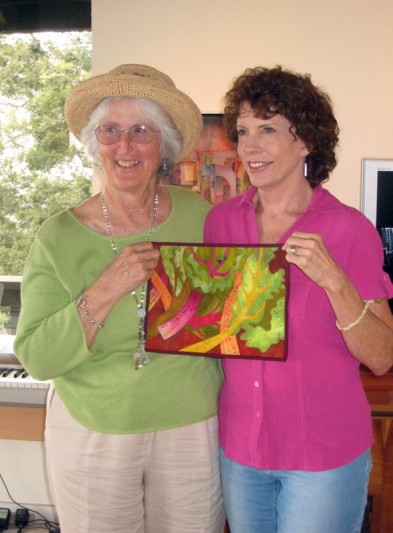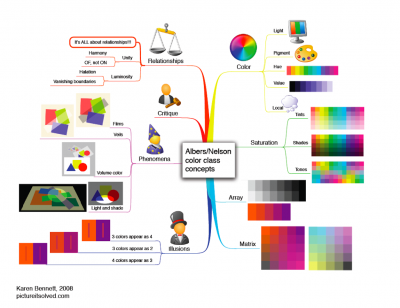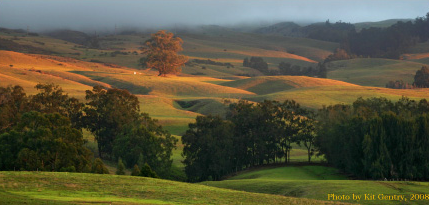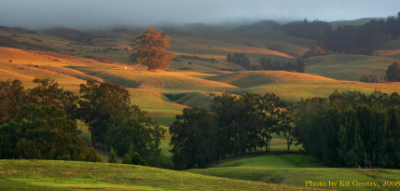My friend Gabe is planning to build an exciting – real world – interactive demonstration of the relativity of color for an art festival on Maui in February. You’ll be able to to go into a room and change the color of the walls, based on where you point.
See his blog for a more complete explanation, and be sure to try out the demo! Play around with changing the colors (mouse over the colored matrix). I love the “light switch” by the “door”! Click on the video floor mat to see and hear his description, and click on the “Donate” button if you feel moved to support this project!

